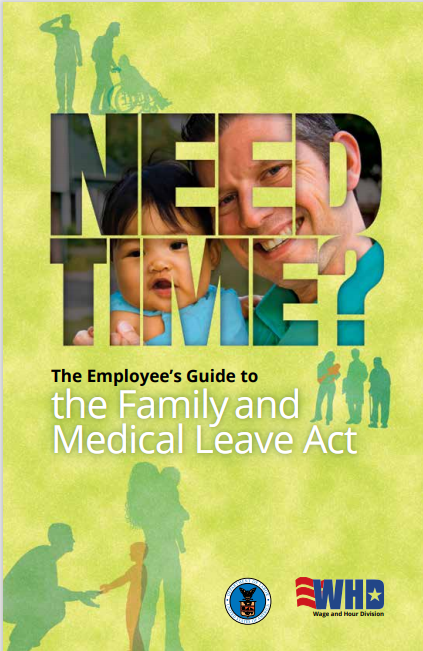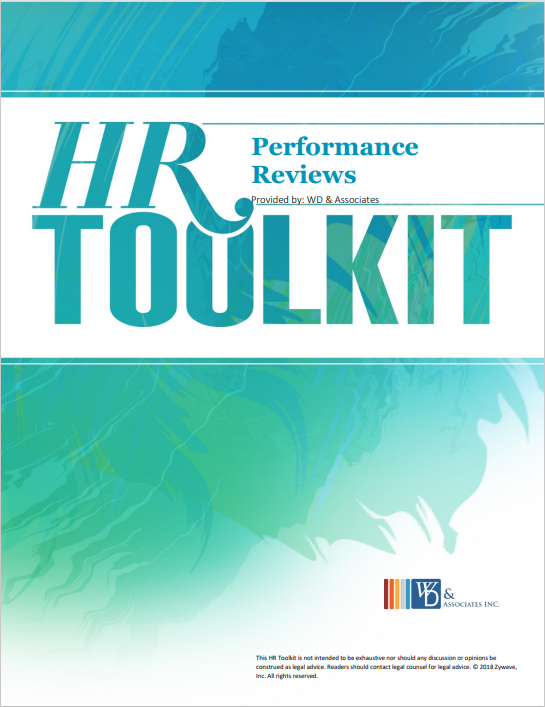
We uncovered several lessons worth noting recently during a client’s corporate consolidation. This client was able to streamline processes, combine efforts, and save resources. There might be something you can learn from their experience.
It started with a bit of sticker shock. The business owner had not been deeply involved in benefits administration so he was not aware of either the total cost of the employee benefits package or of the time involved in the implementation process across their many divisions. Incremental divisional renewals of 250K are easy to digest but the financial report outlining a premium outlay of over $3 million is a compelling number.
The financial perspective drove home the need for change. We showed that by bringing all divisions into alignment they could significantly reduce the costs of their corporate benefits and the results go beyond the financial outlay.
After showing the potential financial impact we demonstrated the opportunity for improved efficiencies. Prior to the consolidation each of the client’s seven divisions ran independently with the consequent overlap and duplication throughout: 7 different benefit managers/administrators, renewal dates, insurance carriers, plan designs, rate structures, and corporate contribution percentages.
By combining efforts and simplifying the overall process we took over 500 days of renewal process down to 90 days! One renewal means one cycle and one analysis, freeing up a LOT of man hours.
With so many moving parts consolidation can be a bit complicated. We accomplished this one in two stages about 6 months apart. Stage one consolidated the 3 divisions with the closest time frames for renewals and stage two brought the remaining divisions under alignment.
When planning a multi stage consolidation consider the timing of existing renewals, the feasibility of getting stakeholder buy-in and the desired timing for the end result. You might consolidate divisions with similar renewal cycles first or consider the feasibility of mid-cycle renewal.
Each stage will bring financial impact; in this case stage one netted a 12% premium savings while stage two brought a slight increase of 3%, for an overall savings of 9% or about $240k. Bear in mind that their average division renewal was 250-300k, so the net was tantamount to saving an entire renewal!
Be sure to consider the needs regarding benefits administration. This client found that centralized control of the renewal is invaluable but localized benefits administration is still required. They opted to maintain a personnel presence in each of their offices and are working to establish new communication benchmarks.
As you can expect some people were very excited about the change and of course others were less so, as is always the case. The business owner, however, was quite happy with the results. His vision for continued growth involved acquiring more divisions with more complications. It seems clear that the consolidation will enable the business to be better positioned to absorb future changes.
In addition to returns of both time and money, the new plan also offered several enhancements including: moving from a regional HMO to a national PPO and the addition of an HRA (Health Reimbursement Arrangement) that helped mitigate the employees’ out of pocket cost.
Moving forward they are a bigger group, having achieved the 100+ credible claims benchmark, which means we will have more access to data and as a result more control in negotiating with carriers for future quotes. We will also be better able to justify their future renewals thereby increasing the client’s confidence in their future benefits decisions.
This client’s scenario is not unique. We see it all the time across industries. It happens when businesses expand and choose to maintain existing benefits following mergers and acquisitions. It can happen in the case of franchises, dealerships or any multi-location business. There are any number of scenarios. Are you one of them?
The benefits suite is an important component of employee compensation; it is also a big overhead expense requiring a lot of man hours. Consolidation saved our client time and money and opened new possibilities for the future of their benefits. It might be worth considering what results you could accomplish through benefits consolidation within your organization.








Leave a comment